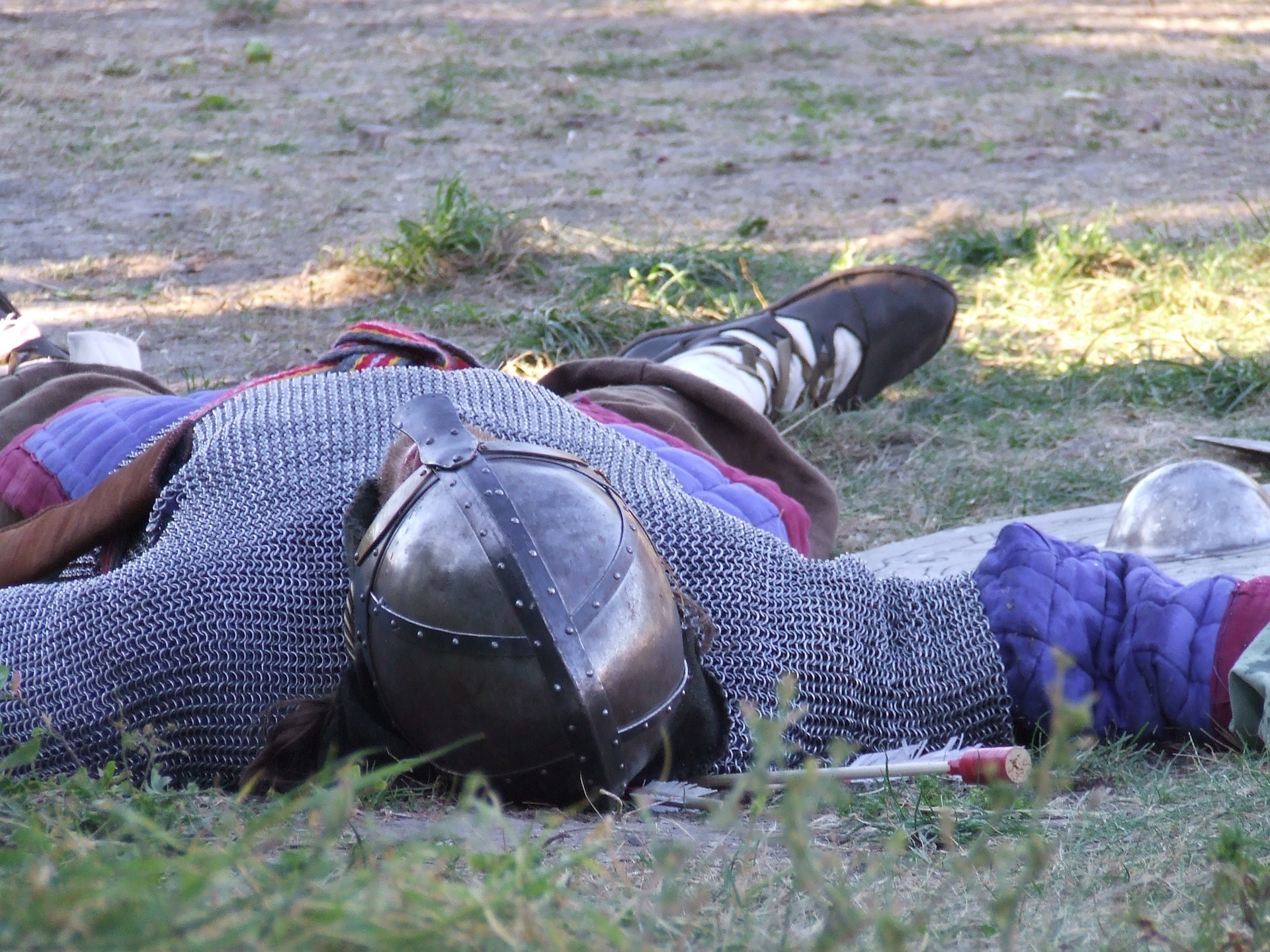Sleep paralysis (SP) is a domain mostly studied by doctors and psychologists. Therefore, it is interesting to expand our view of the phenomenon by paying attention to the opinions of other experts. Chloe Owen, a researcher from Loughborough University (England), presented her doctoral dissertation for a PhD in Philosophy on the topic of SP in early modern drama. The author looked at the period from the end of the 16th to the beginning of the 17th centuries, since it was a time of active development of theaters and literature.
According to Owen’s sources, on average 25–35% of the population experience sleep paralysis, a figure that remains stable across different cultures, races, gender, age groups, and even different eras. Let us recall that SP consists of muscle paralysis upon waking up or falling asleep, often accompanied by a feeling of pressure on the chest, suffocation, and hallucinations. In literature, descriptions of SP-like phenomena almost always include hallucinations – after all, it’s an opportunity for the author to paint a vivid picture.
Owen opens her research with Shakespeare’s works: Richard III, A Midsummer Night’s Dream, and Julius Caesar. Richard III contains Clarence’s dream about a journey to the underworld. As the researcher adds, the description is very similar to that of a SP hallucination and contains the mythological trope of heroes leaving their bodies during sleep to go to the land of the dead.
It is clear that in the early modern period people tended to explain SP by referring to supernatural causes. But there were also medical explanations, based on the rudimentary medical knowledge available at the time. For example, it was believed that incubuses appears in hallucinations due to poor nutrition, bad sleep (in an unsuitable environment, during the day, or lying on the back), or as a result of melancholy (ostensibly because melancholics tend to see ghosts).
As the author adds, early reports of the supernatural are not always completely fictional. They can result from various sleep states – such as sleep paralysis.
Can you name other works of art describing phase states (sleep paralysis, lucid dreams, out-of-body experiences, etc.)?
The text of the dissertation was published in November 2021 on the website of Loughborough University.




